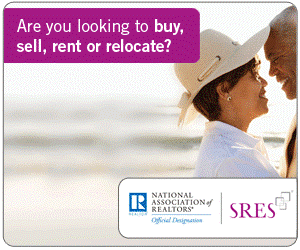Assisted Living
There are many terms that describe the combination of housing and services which can vary from state to state. In Minnesota“Housing with Services” typically means that some or all of the following services are available to some extent: dining, housekeeping, laundry, and personal care. “Assisted Living” residences have these services, but in order to be considered “Assisted Living” the services have minimum requirements: 2 meals daily, daily check system,
weekly housekeeping and laundry service, assistance with 3 or more of the activities of daily living (dressing, grooming, bathing, eating, transferring, continence care and toileting), and assistance in arranging transportation, and accessing community and social resources. Additionally health related services must include assistance with self-administration of medication or administration of medication, supervised by a Registered Nurse. Assisted Living residences must also have staff available who can respond 24/7 to requests for assistance with health or safety needs.*
Types of residences offering assisted living range may be stand alone or part of a campus offering a “continuum of care”. Some costs are basic, but they also depend on the level of care a person needs and as a person’s needs change, so can the level of care. Services are paid by the resident, either separately or as a part of the rent. In some circumstances Alternative Care (AC) or Elderly Waivers (EW) may cover some or all of the costs. Assisted Living residences range from cozy single family homes with a few, 5 to 10 residents, to larger complexes that have 50 plus residents. Ones that offer assisted living for 5 to 10 residents are usually referred to Residential Care Homes. An excellent consumer checklist for assisted living can be found on the Assisted Living Federation of America’s website www.alfa.org.
We are fortunate to have so many housing options, but they can be confusing. So if you are thinking of moving to a residence that offers services, make sure you understand what you are paying for, be honest with yourself in terms of how much assistance you may need, visit the residence more than once and plan for the future. Everyone says they want to stay in their home, forever, but if the time comes and you can no longer stay in your home, a plan can result in a much more satisfactory move.
*Some settings that have 12 or fewer residents may qualify for an exemption permitting them to use staff who are allowed to sleep, but can be awakened in order to respond to health or safety needs.



